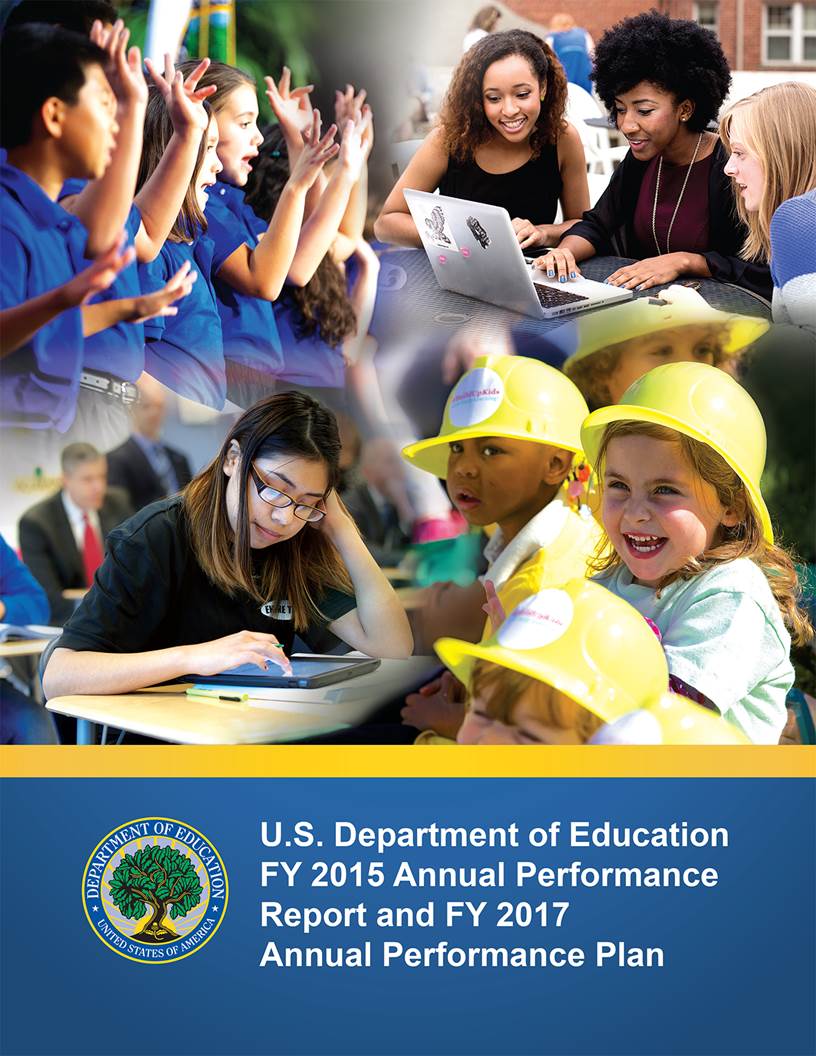- Home
- Agencies
- Department of Agriculture
- Department of Housing and Urban Development
- General Services Administration
- Department of Commerce
- Department of the Interior
- National Aeronautics and Space Administration
- Department of Defense
- Department of Justice
- National Science Foundation
- Department of Education
- Department of Labor
- Office of Personnel Management
- Department of Energy
- Department of State
- Small Business Administration
- Environmental Protection Agency
- Department of Transportation
- Social Security Administration
- Department of Health and Human Services
- Department of the Treasury
- U.S. Agency for International Development
- Department of Homeland Security
- Department of Veterans Affairs
- Goals
- Initiatives
- Programs
Primary tabs
Key to Changes
This text is Revised text
This word has been added to the text
This text is Last Published text
This word has been removed from the text
Modifed styling with no visual changes
Strategic Objective
Completion
Strategic Objective
Progress Update
The Department made progress through a variety of activities to support this strategic objective, especially by embedding a focus on completion in more grant competitions. One competition incorporated a competitive preference priority to increase postsecondary access, affordability and completion: Predominantly Black Institutions. The Department awarded grants to Asian American and Native American Pacific Islander Serving Institutions that are designed to increase the number and proportion of high-need students who are academically prepared for, enroll in, or complete on time college, other postsecondary education, or other CTE. In the Hispanic-Serving Institutions grant competition, the Department incorporated two competitive preference priorities: one to support tutoring, counseling, and student service programs designed to improve academic success, including innovative and customized instruction courses designed to help retain students and move the students rapidly into core courses and through program completion; and one to develop and implement high-quality online or hybrid credit-bearing learning opportunities that reduce the cost of higher education, reduce time to degree completion, or allow students to progress at their own pace. First in the World grants, discussed in strategic objective 1.2, also support practices that improve college completion. The IES announced a competition to establish a Research Network on Scalable Practices to Support College Completion, and expects to award a grant during the first quarter of FY 2016.
The Department launched a new National Activities Project to study CTE stackable certificates. During the project’s first year, the Department will gather information and convene knowledgeable stakeholders. During the second year, the Department will provide technical assistance to the field. A new CTE innovation program proposed in the FY 2016 budget, the American Technical Training Fund, would support the development and implementation of new models and practices at the local level.
The College Opportunity and Graduation Bonus program, also proposed in the FY 2016 budget, would provide $7 billion in mandatory budget authority over 10 years to support colleges that successfully enroll and graduate a significant number of low- and moderate-income students on time and encourage all institutions to improve their performance.
Many students that enter higher education are not college ready. Improving the community college developmental education system is an important element of improving community college completion. In 2015, the Department launched “Supporting Student Success: Adult Education and Remedial Education Reform in Community Colleges,” a national activity to improve developmental education practices across several states.
The Department cohosted with the White House a College Opportunity Summit on December 4, 2015, focused on completion and affordability, as well as on partnerships between P-12 and higher education to promote educational quality and seamless transitions from high school to college. Almost 300 commitments were announced at the summit to improve college opportunities for young people in communities across the country through college readiness partnerships, college advising, improving STEM learning and degree completion for underrepresented students, and helping more students complete their degrees.
In an effort to scale up successful practices that lead to completion, especially in the area of remedial education, the Department developed communities of practice among minority-serving community colleges. Lead institutions were identified, recruited, and trained. Two communities of practice have been launched as of October 2015. Subsequently, on November 16–17, 2015, approximately 130 minority-serving community colleges met at the Department and exchanged promising practices; received technical assistance from the Department and 13 federal agencies; and heard from leading authorities in the fields of minority-serving institution research, philanthropy, and student success strategies. Several colleges stepped forward to join the other lead colleges in growing the communities of practice that will continue the capacity-building dialogue with the federal agencies.
The Department achieved its performance target for metric 1.3.A with an educational attainment rate of 45.7 percent. The Department also achieved its performance targets for metric 1.3.B with a retention rate of 72.9 percent for full-time students and metric 1.3.C with a retention rate of 43.1 percent for part-time students. Given the Department’s limited ability to impact retention rates overall, the Department proposes alternative metrics to replace 1.3.B and 1.3.C for FY 2016.








